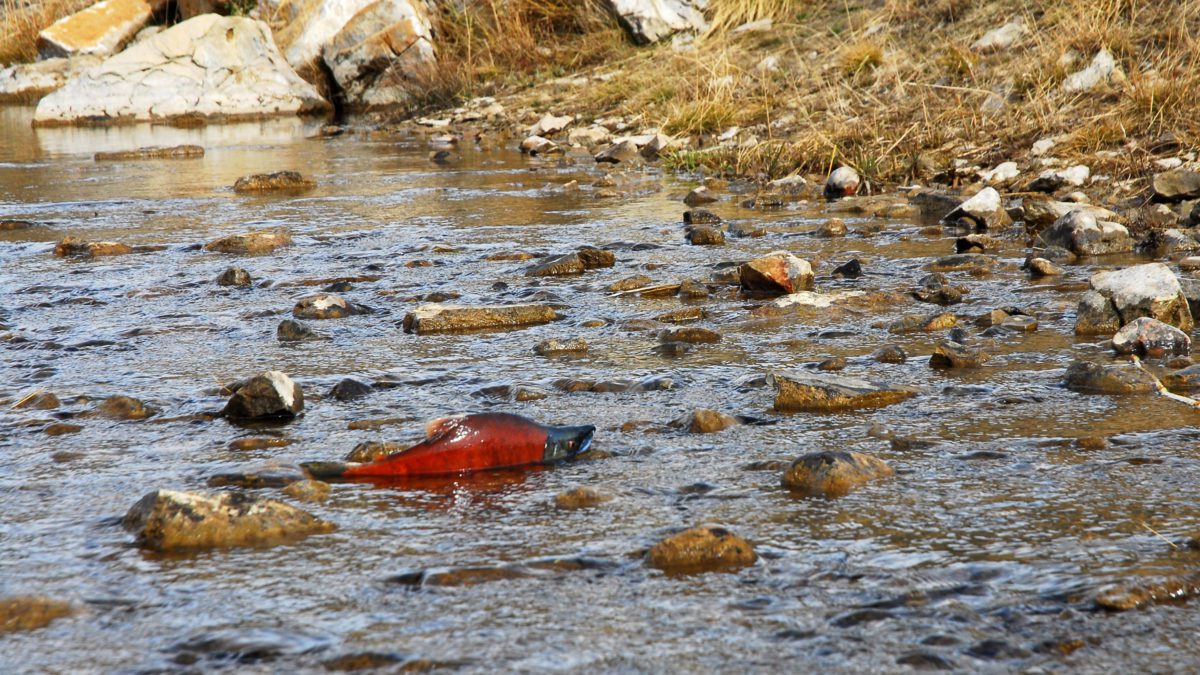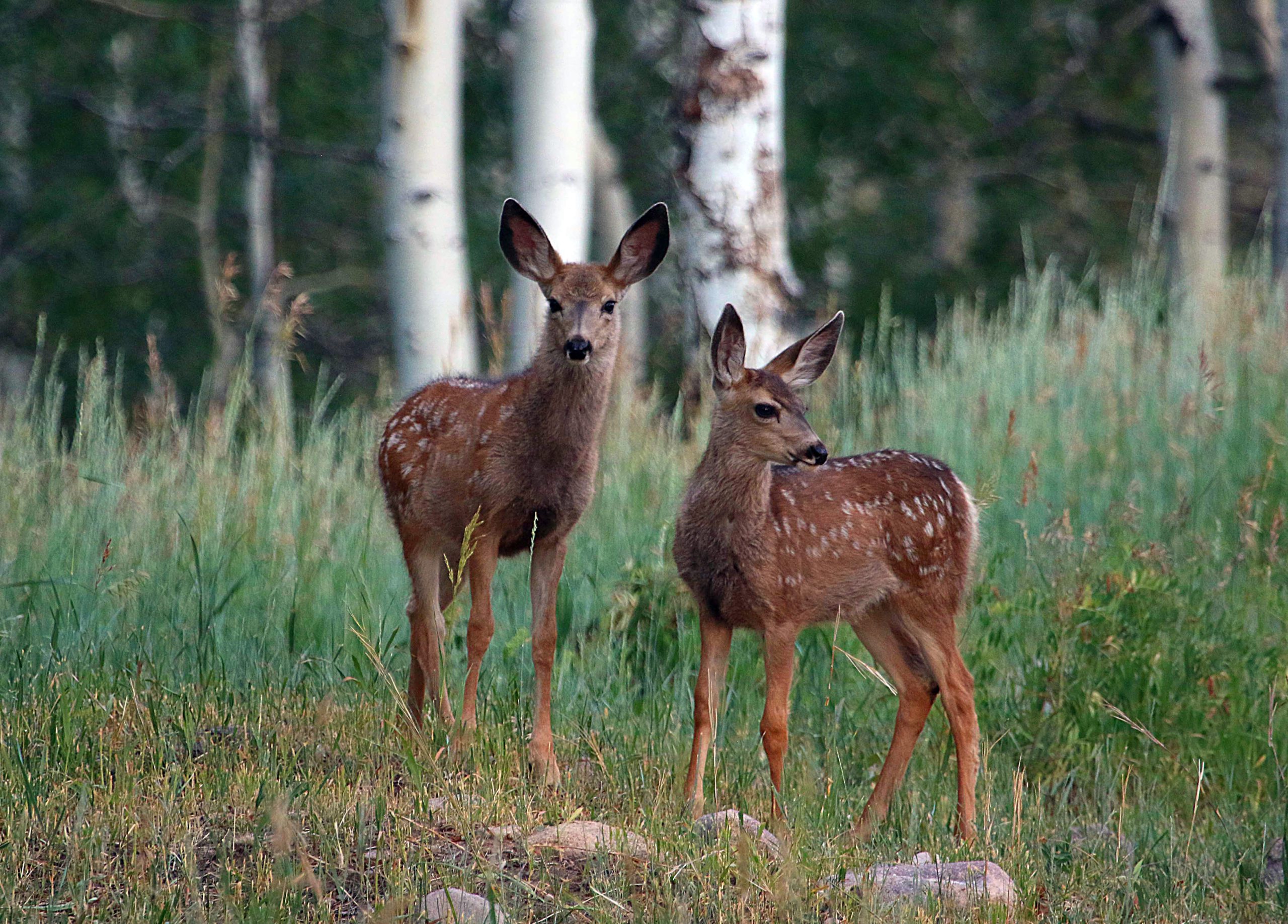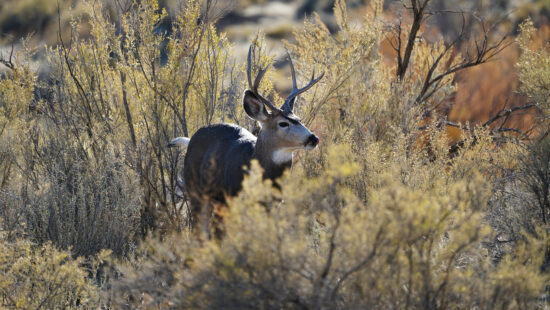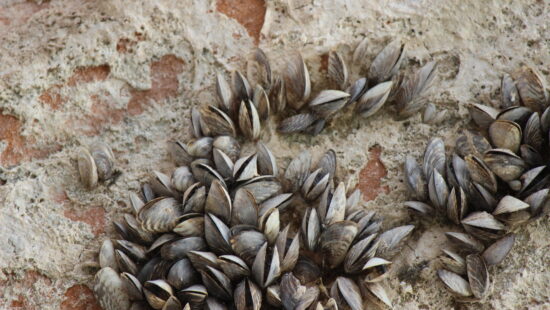Wildlife
Drought likely caused drastic decline in Utah’s spawning salmon

A kokanee salmon makes its way up Upper Huntington Creek. Photo: Utah DWR // Morgan Jacobsen
'Kokanee salmon are a challenging fish to manage, partly because they are short-lived fish that die after spawning' — DWR Hatchery Coordinator Richard Hepworth
The Utah Division of Wildlife Resources reports that the number of kokanee salmon spawning at Strawberry and Flaming Gorge reservoirs has drastically decreased this year. Officials say this is likely because of recent drought conditions and lower water levels.
Similar observations have been made across much of the western United States this year with decreased kokanee spawning populations.
Egg collection is a vial step in maintaining kokanee salmon population. The collected eggs are fertilized and the fish are grown in state fish hatcheries. Once they reach a certain size, the fish are stocked around the state to help increase the kokanee populations.
“Kokanee salmon are a challenging fish to manage, partly because they are short-lived fish that die after spawning,” DWR Hatchery Coordinator Richard Hepworth said.
“We’ve heard the frustrations from anglers regarding the poor kokanee fishing this past year in some areas of the state, and we’re trying to fix the problem by adding an additional location to our egg-collection efforts so we can meet our kokanee production target next year. This is one of the many ongoing efforts to help address recent kokanee salmon declines in the state.”
The number of spawning fish was so low that DWR had to utilize a backup location at Fish Lake. This was the first time DWR has used the Fish Lake population, and they were able to obtain more than 650,000 fertilized eggs.
Even with the backup location in use, however, they were still unable to meet their quota. Through a working interstate agency relationship with the Montana Fish, Wildlife and Parks program, DWR was able to secure an addition 400,000 eggs to meet their quota.


















